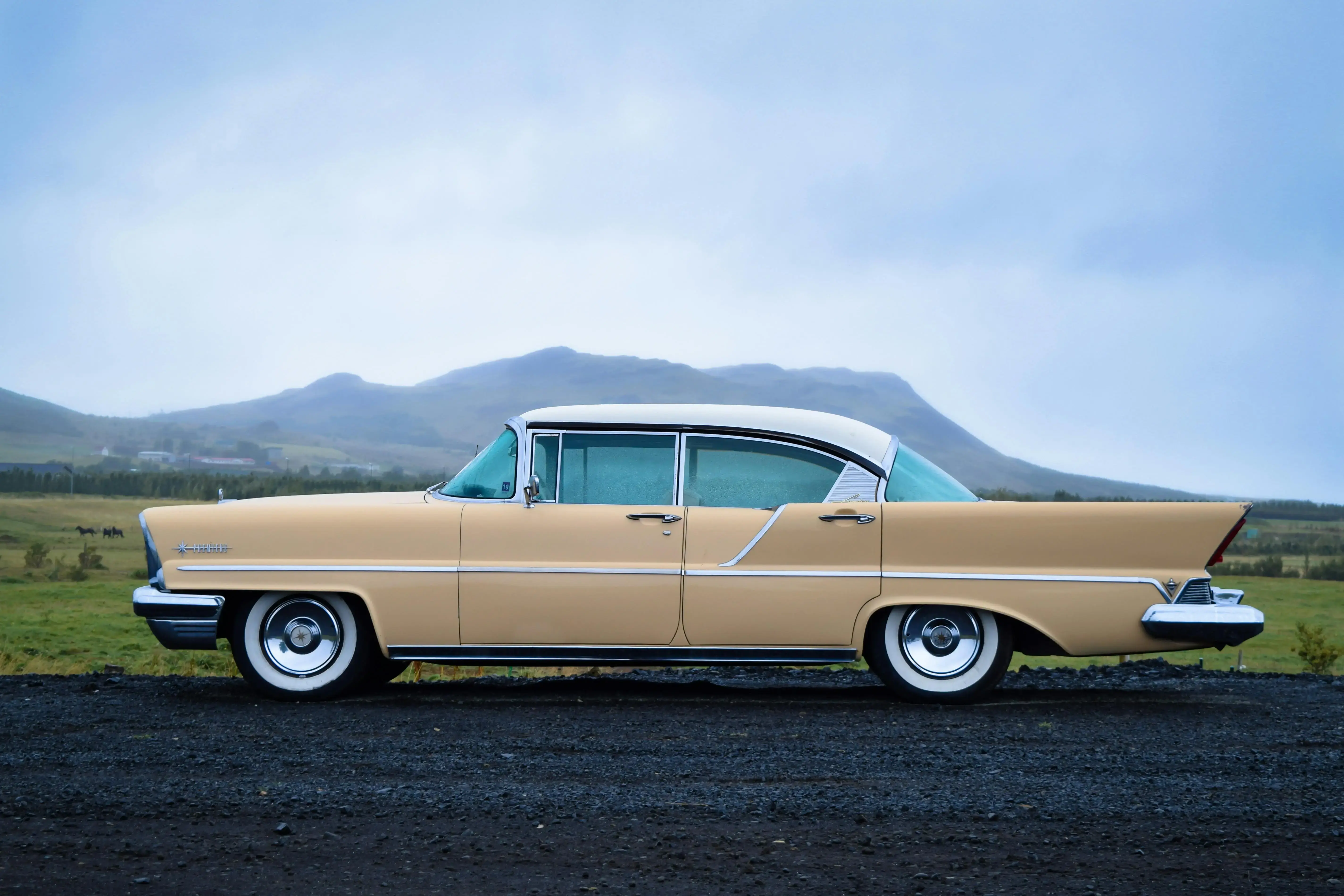The major ocean carriers tasked with shipping your containers around the world operate within a number of alliances. These alliances allow them to pool together vessels and shipping routes in order to expand their service around the world. Previously, ocean carriers operated as part of 4 alliances. Starting April 1st, 2017 carriers restructured themselves into just 3 alliances.On April 1st, the alliances will change to:
- The Alliance: NYK, MOL, K Line, Yang Ming, Hapag-Lloyd
- Ocean Alliance: CMA CGM, Evergreen, OOCL, APL, COSCO Shipping
- 2M Alliance: Maersk and MSC
The biggest benefit of shipping alliances is they allow carriers to ship each others containers on their vessels. It keeps ships at capacity, and offers more frequent service. Instead of a carrier operating numerous ships on one route, they run a single ship of their own, and ship the rest of their containers using vessels belonging to other carriers within the alliance.
Looking ahead to the future of ocean shipping alliances, it's difficult to predict exactly what changes will occur. However, one thing is certain: the industry will continue to evolve and adapt to meet the needs of shippers and customers around the world. As the demand for efficient and cost-effective shipping solutions grows, we can expect to see more collaboration and innovation within these alliances. New technologies, such as blockchain and artificial intelligence, may also play a role in shaping the future of ocean shipping. Ultimately, the goal of these alliances will remain the same: to provide reliable, affordable, and timely shipping services to businesses and consumers alike.
You May Also Like
These Related Stories

Update On Electric Vehicles + A List Of Banned Cars

Shipping Costs To Rotterdam: Complete 2025 Price Breakdown By US Port

-093789-edited.png?width=220&height=79&name=wcs_final_logo_(1)-093789-edited.png)